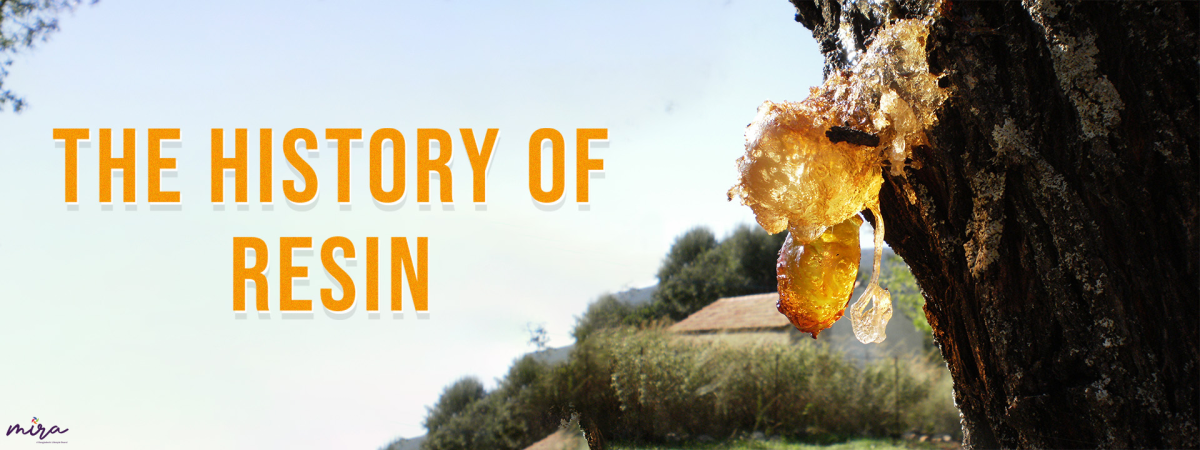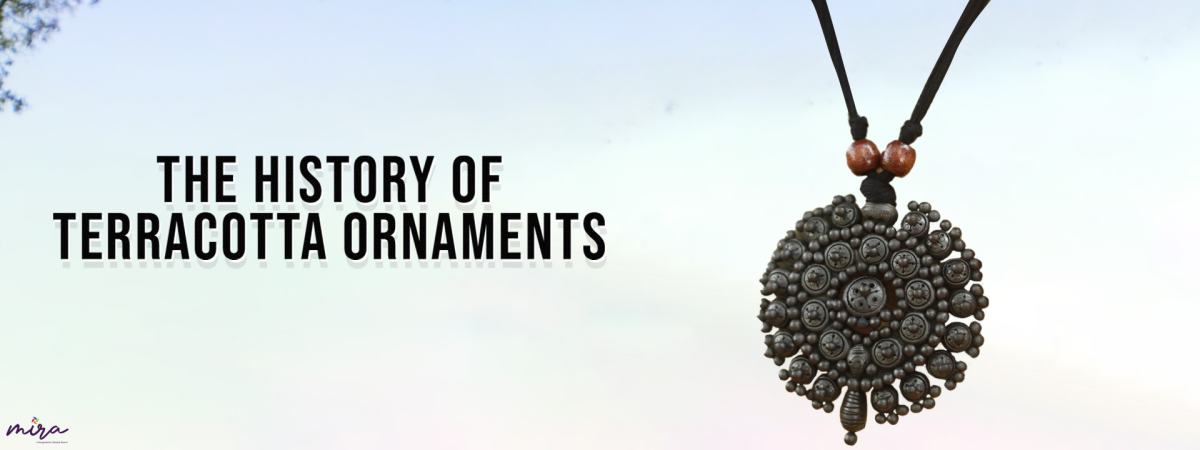
Resin ornaments, with their intricate designs and enduring beauty, have captured our imagination for centuries. These exquisite creations have a rich history that spans cultures and civilizations, showcasing the evolution of artistry and craftsmanship. Join us on a journey through time as we explore the captivating history of resin ornaments.
Ancient Beginnings
The roots of resin ornamentation date back to ancient civilizations. In Egypt, artisans utilized resins like frankincense and myrrh to craft ornate amulets and figurines that held deep spiritual significance. These resin-based artifacts adorned the tombs of pharaohs and were believed to offer protection in the afterlife.
Greek and Roman Elegance
The Greco-Roman period saw the refinement of resin ornamentation techniques. Decorative items made from amber, a fossilized resin, became highly prized for their warm, golden hues. These adornments graced palaces and temples, often featuring intricate engravings and mythological motifs that reflected the aesthetics of the time.
Medieval Marvels
Throughout the Middle Ages, resin ornaments continued to play a significant role in artistic expression. European artisans mastered the art of crafting reliquaries and religious icons using resin-based materials. The translucent nature of resin allowed for the creation of intricate stained glass-like effects in miniature sculptures.
Renaissance Revival
The Renaissance marked a resurgence of interest in classical art forms, and resin ornaments saw a renaissance of their own. Craftsmen incorporated resins into intricate woodwork, producing elegant furniture and decorative panels adorned with elaborate relief carvings. Resin's versatility allowed for the replication of costly materials like ivory and marble, making art more accessible to a wider audience.
Colonial Exploration and Exotic Influences
The Age of Exploration introduced new resins to Europe, expanding the artistic possibilities of ornamentation. The exploration of the New World brought exposure to copal resin from Central America, inspiring European artisans to create unique and exotic designs that merged indigenous aesthetics with their own.
Modern Innovations
The industrial revolution brought innovations in the manufacturing of resin ornaments. Mold-making techniques were refined, allowing for mass production of intricate designs. As the 20th century dawned, resin ornaments found their way into homes, gardens, and public spaces as affordable yet beautiful decorations.
Contemporary Expressions
Today, resin ornaments continue to thrive in various forms. Contemporary artists and designers’ experiment with resin's transparent, malleable qualities, creating everything from intricate jewelry to modern sculptures. Epoxy resin has become a popular medium for crafting custom pieces that blend functionality with artistry.
Conclusion
The history of resin ornaments is a testament to human creativity and innovation. From ancient civilizations to modern times, resin has remained a versatile and cherished material for crafting intricate and enduring decorative pieces. As we admire resin ornaments today, let's remember the artisans and cultures that paved the way for the beauty and artistry that grace our lives.







